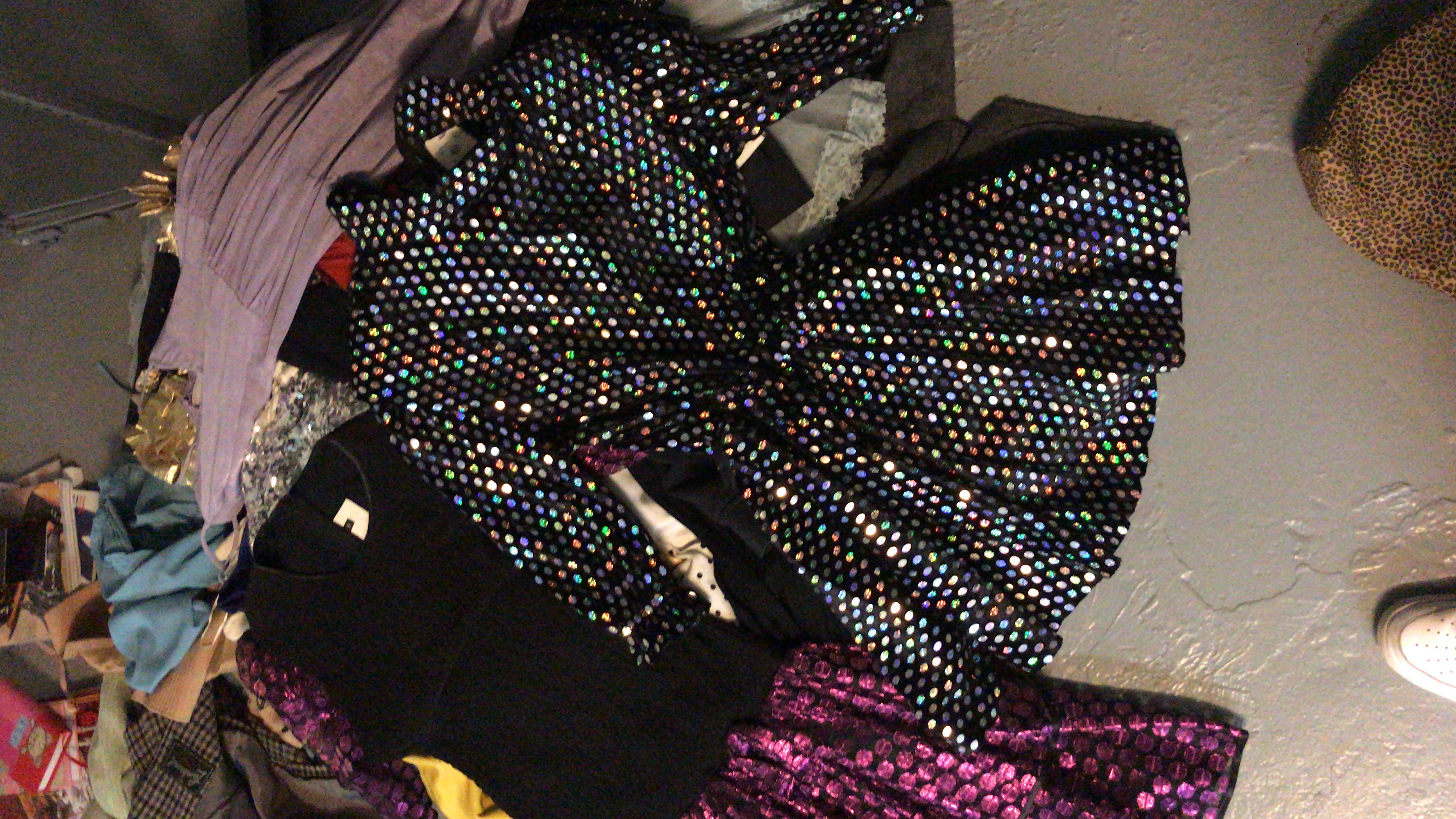
Not Enough Storage
I’m personally very interested in the topic of decolonization. My major is Advertising, within my work I’d like to question the status quo and I find it the responsibility of the visual communicator to be aware of the methods to decolonize, especially the visual world.
As I was reading the article I thought it would be a good idea to use a couple of Rizmi’s methods for decolonization for my personal mending. Even though my personal situation does not have a lot to do with decolonization, I thought it would be good to practice these methods so I can use them for the better in my projects.
My personal situation is as follows; my mom just sold her house, the home I grew up in, which means I have to throw pretty much all my stuff out from my childhood. Stuff that I really don’t need or even pay attention to, but that I do value, because valuable memories are attached to it.
In the beginning of the article ‘decolonization as care’ is was stated; ‘The paradox of defining something like identity, of course is that it’s not static.’ This really struck me. It’s not just memories that are attached to my personal belongings but also a piece of my identity, which made it even harder to put in a garbage bag. But I was wrong. It seems sometimes hard to say goodbye to your old self, while in fact you’re not saying goodbye at all, you’re just embracing change.
Rizmi also wrote; ‘The moment you recognize the fluidity of culture, that all of us are practitioners, then one has the ability to make that change.’ This made me realize that by considering my personal belongings as something that I don’t have to hold on to, but that are physical representations of my teenage identity which is already in the past, I can embrace change more. This realization will probably support me in my personal growth.
This way of thinking reminds me of meditation. To focus on here and now helps me to be aware of the fact that my past is something that’s in my mind, something that I don’t necessarily have to hold on to.
Rizmi is an archeologist and she did note; ‘In the same way that I hope we would respect and consider all human individuals, I would respect and consider the ancient ceramics that I am working with; to consider them not as vessels to be used by humans, but as vessels unto themselves.’ Although I can embrace the change of my personal identity, it doesn’t mean that I have to devalue the objects that represent my past. Although, I had to be honest with myself, I definitely have no place to store all that stuff. I decided to make portraits of the objects I have to get rid of. I made patches, I used velvet, in very regal colors (red and blue), to honor the objects that on themselves I do still value. In that way I can say goodbye and pay a tribute to the things that surrounded me throughout my life.
theory
<<<< the lamp in the living room
Charlotte's Mending Journey (throwing away her stuff)
<<<< Our really cool bookshelf
<<<< The wall where my brother and I used to keep track of our height
Letting Go...
<<<< Class session: Everyone shares their personal mending journey
<<<< Finding connections between each others stories
<<< Some self-research